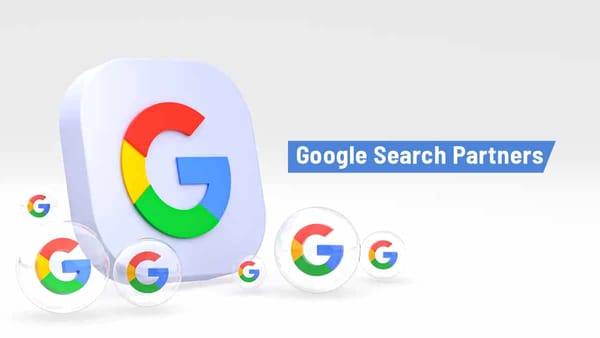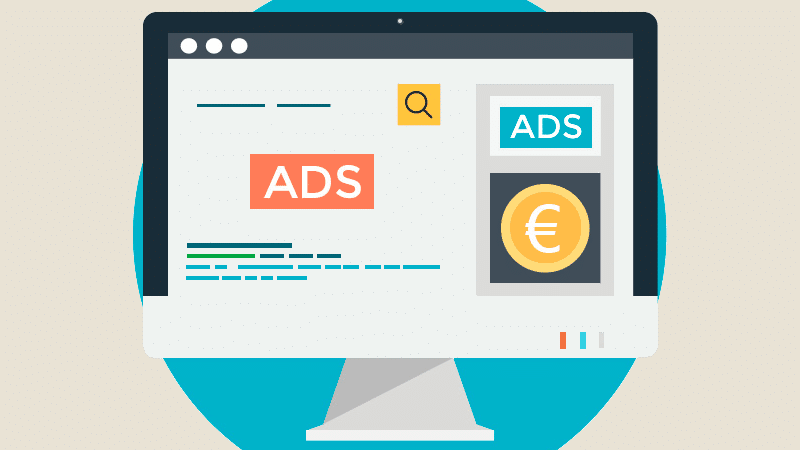Understanding Webflow: A Complete Guide to Its Features and Functionality

Introduction
Web design has evolved significantly, and Webflow has emerged as one of the most powerful tools for creating modern, high-performing websites. Unlike traditional website builders, Webflow provides a unique balance between ease of use and complete design flexibility. It enables users to visually design and build websites while generating clean, production-ready code in the background.
Whether you're a freelancer, a business owner, or a design agency, Webflow offers an intuitive way to create responsive, professional websites without the need for extensive coding knowledge.
What is Webflow?
Webflow is an all-in-one web design and development platform that allows users to design, build, and launch websites visually. It eliminates the need for third-party plugins by offering built-in features for content management, hosting, and e-commerce.
Unlike WordPress, which relies heavily on plugins and external customization, Webflow provides everything you need in a single package. Its drag-and-drop interface allows designers to create pixel-perfect layouts while maintaining full control over every aspect of their website.
Key Features of Webflow
1. Visual Web Design with Complete Control
Webflow’s visual designer gives users full creative freedom without the limitations of pre-made templates. Unlike other website builders, it allows users to adjust layouts, typography, and colors with precision while ensuring the code remains clean and optimized.
2. Integrated Content Management System (CMS)
Webflow’s CMS is built directly into the platform, allowing users to manage dynamic content like blogs, portfolios, and product listings with ease. The CMS enables users to create custom fields, automate content updates, and build dynamic pages without coding.
3. Fast and Secure Hosting
Webflow’s hosting is powered by Amazon Web Services (AWS) and a global Content Delivery Network (CDN), ensuring websites load quickly and remain secure. It includes automatic SSL certificates, daily backups, and high uptime reliability. Users don’t need to set up third-party hosting, as Webflow handles everything internally.
4. Advanced Animations and Interactions
One of Webflow’s standout features is its ability to create custom animations and interactions without requiring JavaScript. Users can build parallax effects, hover animations, and scroll-based interactions, making their websites more engaging and interactive.
5. Built-in E-Commerce Functionality
Webflow offers a fully integrated e-commerce solution, allowing users to create online stores with complete design freedom. Unlike Shopify, which relies on pre-built templates, Webflow enables users to customize every aspect of their store, including product pages, checkout flows, and payment processing.
6. SEO Optimization and Performance
Webflow is designed with SEO in mind, providing built-in tools that help improve search rankings. Users can customize meta titles, descriptions, and alt tags without relying on plugins. Webflow also generates clean, semantic HTML and ensures fast loading speeds, both of which are crucial for SEO.
Who Should Use Webflow?
1. Designers and Creative Professionals
Webflow is ideal for designers who want to create custom websites without coding constraints. It offers complete creative control, allowing users to design unique layouts without the need for external developers.
2. Businesses and Startups
Small businesses and startups benefit from Webflow’s all-in-one solution, as it eliminates the need for multiple third-party services. The built-in CMS and e-commerce features make it easy to manage content and sell products online.
3. Agencies and Freelancers
Webflow provides collaboration tools that help agencies and freelancers manage multiple client projects efficiently. Clients can update their content without disrupting the design, making it a great platform for professional web development services.
4. Marketers and Content Creators
With its built-in SEO tools and easy content management, Webflow is an excellent choice for digital marketers and bloggers who want to maintain a high-performing website without technical challenges.
Webflow vs. Traditional Website Builders
Webflow stands out from traditional website builders like WordPress and Shopify because it offers greater design flexibility without relying on plugins. WordPress requires third-party themes and plugins to extend functionality, whereas Webflow provides an all-in-one solution. Shopify is excellent for e-commerce, but it lacks the customization options that Webflow offers for store design.
Webflow’s hosting is also integrated, removing the need for external hosting services. Unlike WordPress, which requires frequent updates and security monitoring, Webflow takes care of everything, providing a hassle-free experience.
Common Myths About Webflow
1. Webflow is Only for Designers
While Webflow is highly favored by designers, it is also suitable for businesses, marketers, and startups who need a professional website without technical knowledge.
2. Webflow is Expensive
Webflow offers pricing plans that cater to different needs, including free options for basic websites. For businesses and agencies, the cost is justified by its built-in hosting, security, and design flexibility.
3. Webflow is Difficult to Learn
Although Webflow has a learning curve, it provides free educational resources through Webflow University, making it easy for beginners to get started. Once users become familiar with its interface, building websites becomes quick and efficient.
Conclusion
Webflow is transforming the way websites are built by providing a complete solution that combines design, development, and hosting. Its intuitive visual editor, powerful CMS, and built-in e-commerce tools make it an excellent choice for designers, businesses, and marketers alike.
For those looking for a modern, SEO-friendly, and flexible platform without the need for plugins or extensive coding, Webflow is one of the best options available. It empowers users to create high-quality, fully customized websites while ensuring fast performance and security.




